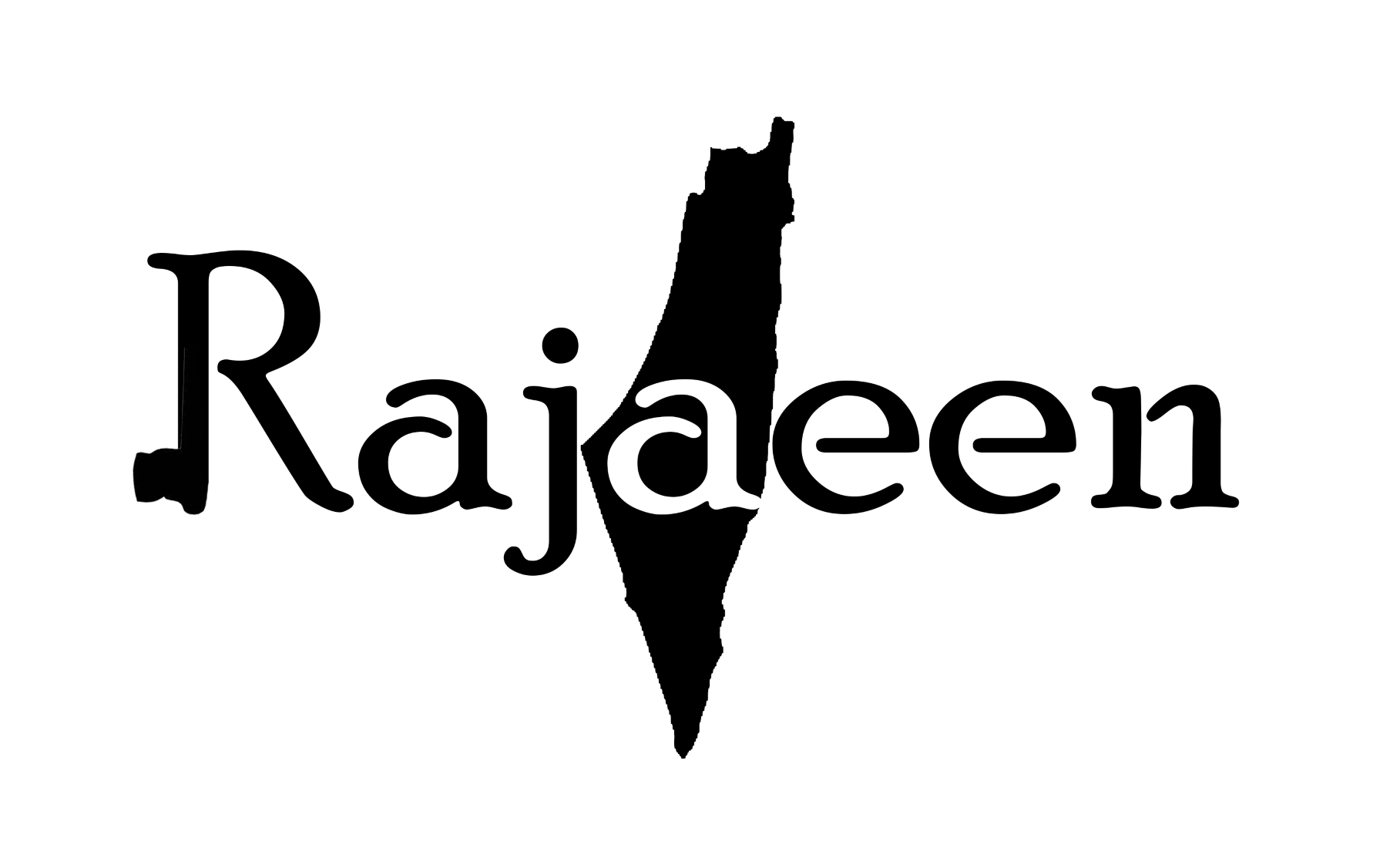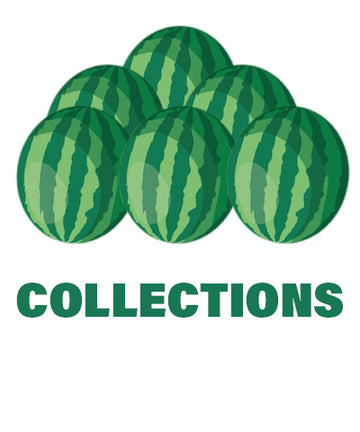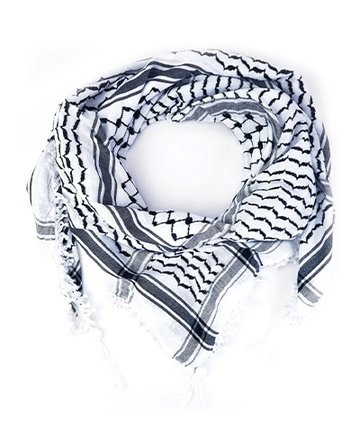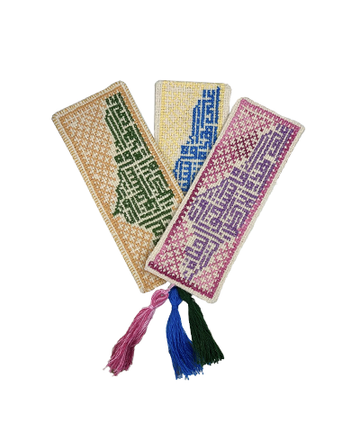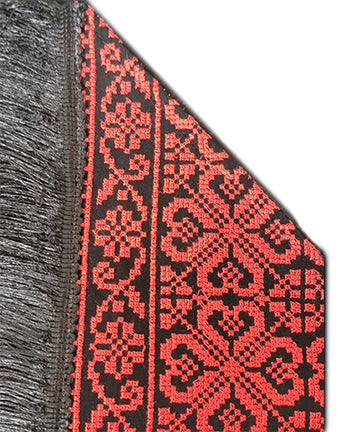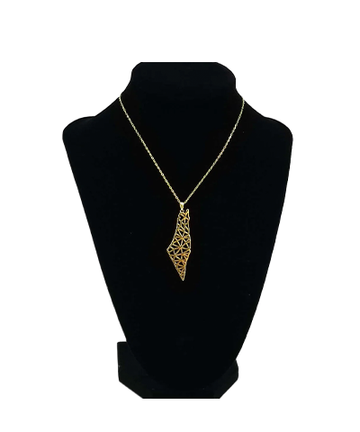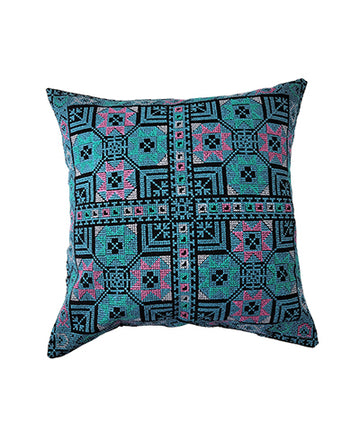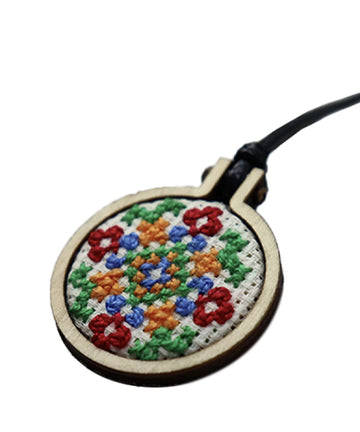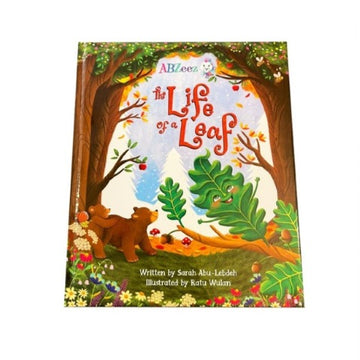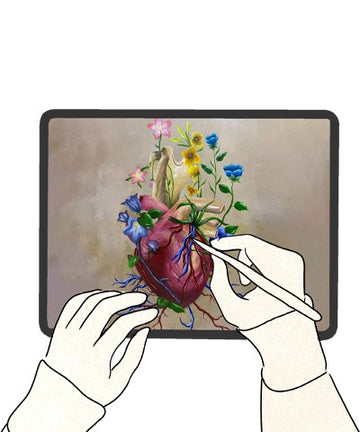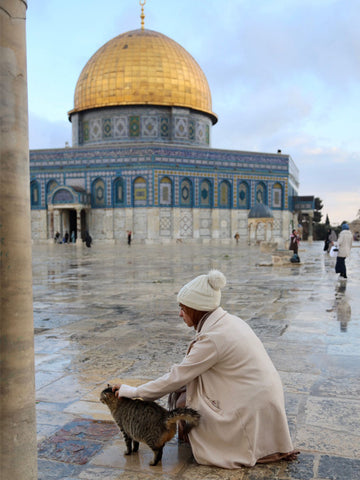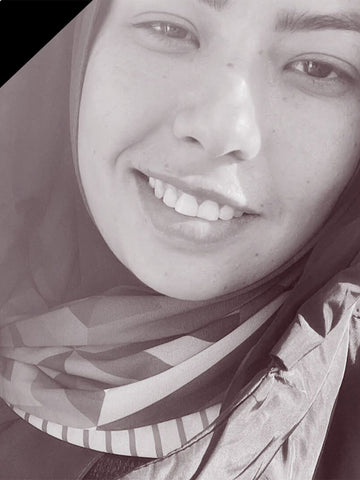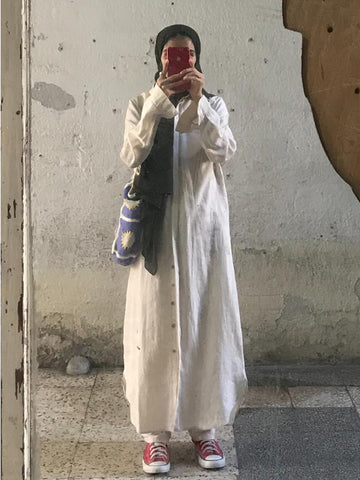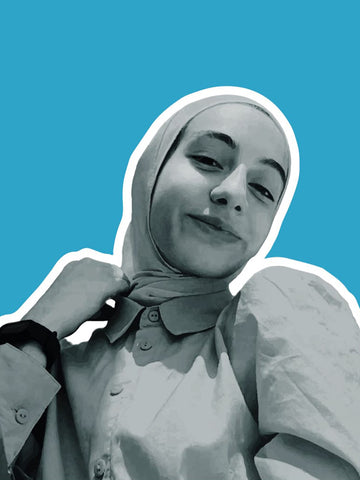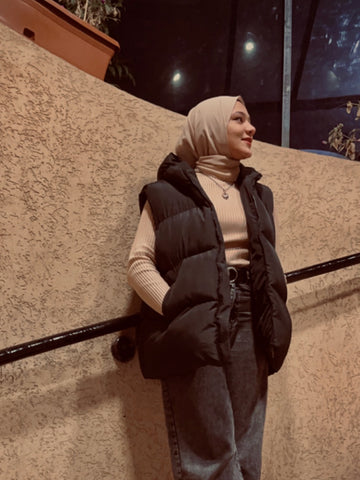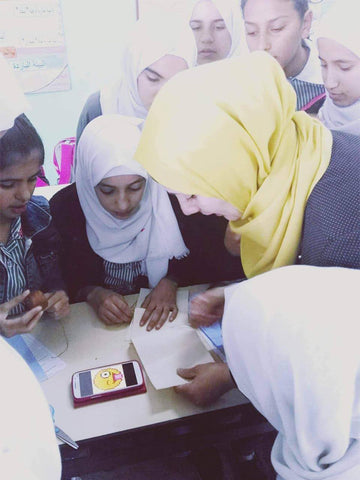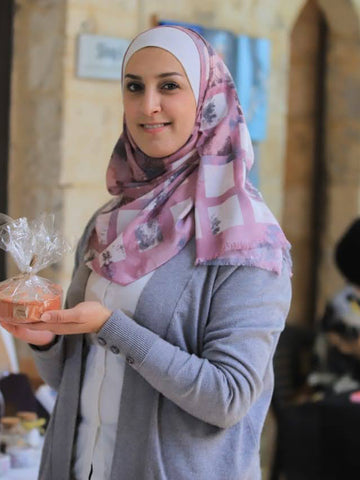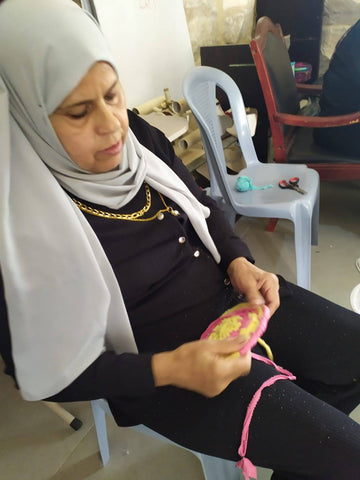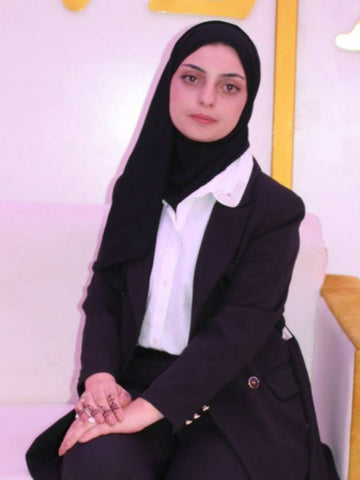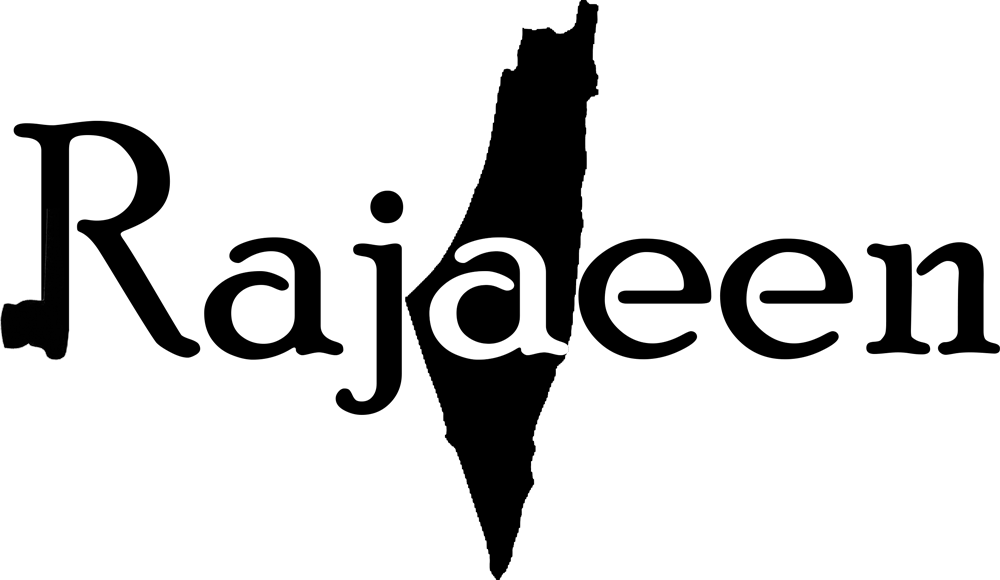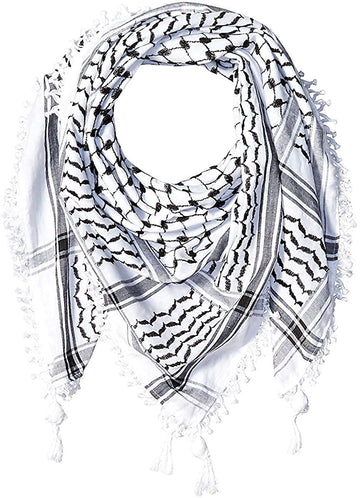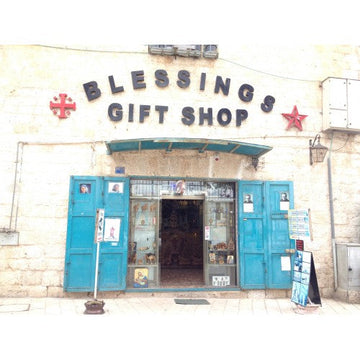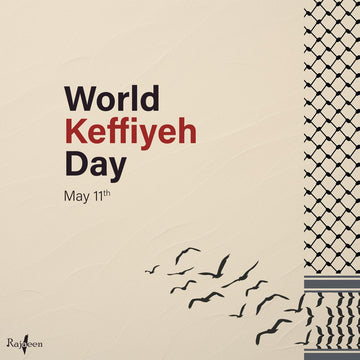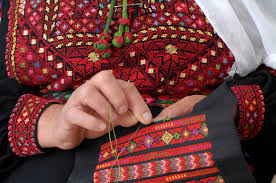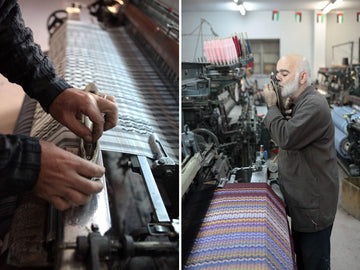From a headscarf used by the peasants to a symbol of struggle and resistance against oppression and racism.
The Keffiyeh
This traditional Arabian headdress, originated in the Arabian Peninsula, and is now worn throughout the Middle-East region. Others call it, Kufiya, Keffiyeh Scarf, Shemagh, Ghutra, Hatta, Mashadah, Dastmal Yazdi, Chafiye, or Cemedanî. It is fashioned from a square scarf and is usually made of cotton.
Where the name came from?
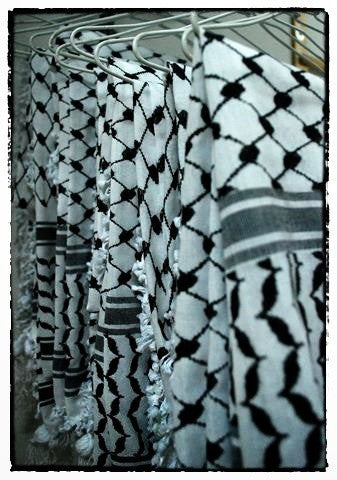
The Keffiyeh is part of Arab heritage. This headdress was called the Kufia after Kufa a city in Iraq, where its industry was started.
What is the Arab headscarf called?
Different areas have different names for their Keffiyehs.
In Palestine, and they are often made of a mix of cotton and wool, colored black and white.

Shalls/Musar
These traditional scarves originated from Yemen. They are usually made of cotton or flax, and decorated with many colors. Usually red and white; and are worn primarily by the people of Yemen, or Oman.

Shemagh
A plain piece of cloth worn by the people living in the Arabian Gulf. Usually red and white color, and made with a thinner material.

Ghutrah
A piece of white cloth made of cotton mild, worn in western Iraq and by the Arabs of the Arabian Gulf states.
Dastmaal Yazdi
The traditional scarf worn in Iran, originally from the Yazd region of Iran.
Chafiyeh
This style of Keffiyeh Shemagh originated in Iran, based on the Iranian Dastmaal Yazdi, but was then influenced by the Palestinian Keffiyeh.
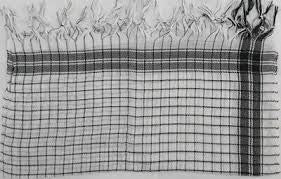
Rezza
It is worn by inhabitants of North Africa.
Keffiyeh variations
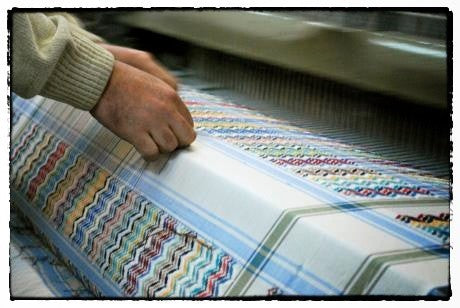
The original Keffiyeh, is the black and white checkered Keffiyeh.
In the Arab states of the Arabian Gulf—in Kuwait and Bahrain. The plain white keffiyeh is the most popular and is worn in the head or around the should by the men of all ages.
The red-and-white checkered keffiyeh is strongly associated with the country in Jordan and it is known as shemagh. The Shemagh "Mhadab" is used as a symbol of honor and/or tribal identification, and worn by Bedouins and villagers.
The Egyptian Bedouins especially in the Sinai Peninsula wear the Keffiyeh with an agal.
The Keffiyeh is used extensively in both red-white and black-white checkered patterns in Yemen.
All over the world, people wear Keffiyeh to show their solidarity with the Palestinians, and their cause.
How the Keffiyeh became the national symbol of Palestine?
Palestinian national symbol
Palestinian farmers wore the traditional keffiyeh to protect themselves from the sun, dust, and cold. During the Great Revolt 1936-1939 which was the Arab revolt in Palestine against the British administration of the Palestine Mandate, the British issued the order that wearing keffiyeh is prohibited so the leader of the revolution decided to unify the headdress. All men should wear the Hatta and agal to protect the rebels from the brutality of the British mandate so they cannot distinguish the rebels from the farmers.
In the sixteenth the beginning of the Palestinian resistance movement the leader Yasser Arafat adopted the Arab kafiya as a scarf worn over his right shoulder only, arranged in the rough shape of a triangle, to resemble the borders of Palestine map. His way of wearing the Palestinian scarf keffiyeh became symbolic of him as a political leader.

Laila Khaled, the female member of the armed wing of the Popular Front for the Liberation of Palestine, wore the Keffiyeh wrapped around the head and shoulders in the style of a Muslim woman's hijab, which was seen in several photos in the Western newspaper for her after the hijacking of TWA Flight 840 and Dawson's Field hijackings.

How did the Keffiyeh scarf become a symbol of solidarity?
Outside of the Middle East and North Africa, the Keffiyeh scarf first gained popularity among activists supporting the Palestinians in the conflict with the Israeli occupation army. The black and white checked Keffiyeh has become a symbol of Palestinian nationalism, dating back to the 1936–1939 Arab revolt in Palestine.
Western protesters wear different styles of the Keffiyeh. The most prominent is the black-and-white Keffiyeh worn around the neck like a neckerchief.
Since the second Palestinian intifada, these rectangular scarves have increasingly appeared, with a mixture of the Palestinian flag and the Al-Aqsa Mosque printed on the edges of the fabric.
In his speech in 2006, José Luis Rodríguez Zapatero, the Prime Minister of Spain, criticized the violence of Israel’s occupation army, and to show his support, he wore a Keffiyeh from the audience and had his photo taken wearing it.
Roger Waters, a member of the Pink Floyd band, has appeared many times in the media wearing a Keffiyeh. Roger supports Palestine’s cause and declares that.
Nelson Mandela

In his speech in 1997 on the International Day of Solidarity with the Palestinian People, Mandela reaffirmed his support for Palestinian rights.
"We know too well that our freedom is incomplete without the freedom of the Palestinians."
Have your own Palestinian Keffiyeh Scarf by checking the Keffiyeh Collection
